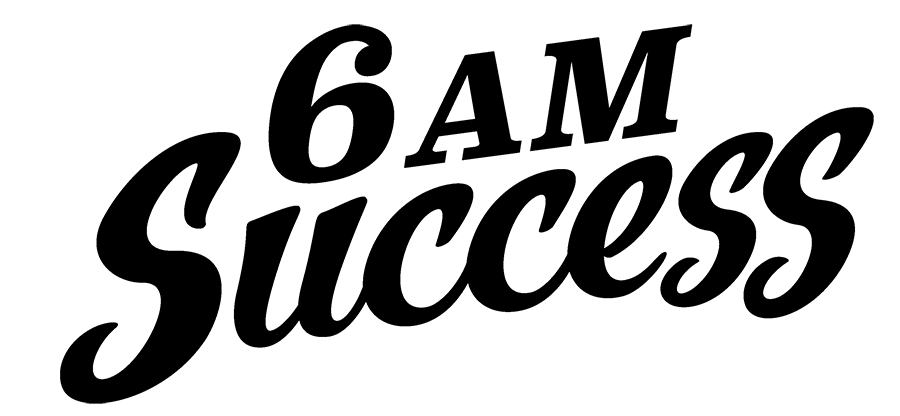In the modern world, success is often achieved through diligent work, dedication, and practice. However, these three components are often accelerated with the addition of another important yet often overlooked factor; motivation. Motivation can be a powerful tool in reaching goals both in professional and personal life. This article will provide an overview of how to use motivation to reach goals in a professional way.
Table of Contents:
1. What is Motivation?
2. Benefits of Motivation in Professional Settings
3. Techniques to Increase Professional Motivation
4. Challenges Associated With Professional Motivation
5. How to Use Professional Motivation to Reach Goals
6. Conclusion
1. What is Motivation?
Motivation is defined as emotional arousal or passion in order to achieve the desired result. It can be an internal drive to succeed or an external pressure to complete a task. There are different kinds of motivation, such as intrinsic and extrinsic. Intrinsic motivation refers to a feeling of success or accomplishment achieved by completing a task without external rewards. Extrinsic motivation is driven by external rewards or punishments, such as financial incentives, punishments, or social recognition. No matter the source, motivation can be a powerful tool when it comes to reaching your professional goals.
2. Benefits of Motivation in Professional Settings
Motivation in professional settings can be a huge boon to organizations and employees alike. It can help employees focus on their goals and prioritize tasks that are necessary for success. More importantly, it can also help employees stay on track and make sure deadlines are met in a timely manner. In addition to this, it encourages professionals to go above and beyond their basic responsibilities and contribute in creative new ways to their work or company. This can often result in new ideas and processes that result in greater efficiency and productivity.
3. Techniques to Increase Professional Motivation
The simplest way to increase professional motivation is to set achievable goals. These goals should be realistic, measurable, and time-bound. Having a timeline in place can help employees keep track of their progress and stay motivated to continue on the path toward achieving their goals. Additionally, creating a sense of ownership can also help professionals focus and take initiative in their work. This can be achieved by letting employees choose projects or tasks that are interesting to them or that feel rewarding in some way. Finally, positive reinforcement and rewards can also act as strong motivating factors for employees.
4. Challenges Associated With Professional Motivation
While motivation can be a powerful tool, there may be challenges in sustaining it. Unforeseen changes in the work environment, lack resources, or unstructured goals can all lead to a decrease in motivation. Additionally, as different individuals have different sources of motivation, it may be difficult to find an approach that will be effective for all employees. Similarly, too much emphasis on rewards or deadlines may also negatively impact motivation if it becomes an extrinsic motivator.
5. How to Use Professional Motivation to Reach Goals
The key to using a motivation to reach goals is to find the right blend of intrinsic and extrinsic motivation. It is important to focus on intrinsic motivations such as passion, creativity, and appreciation. Money or rewards should not be the only source of motivation. Additionally, it is important to provide employees with the resources and support they need to pursue their goals. This can include providing clear goals, necessary resources, and timely feedback in order to encourage employees to stay on track. Finally, it is important to recognize and reward efforts in order to sustain and build motivation.
6. Conclusion
Overall, motivation can be a powerful tool in reaching goals in professional settings. It involves using a combination of intrinsic and extrinsic motivators, such as setting achievable goals, creating a sense of ownership, and providing rewards and recognition. By utilizing these techniques, professionals can stay motivated and reach their goals in a professional and successful way.


